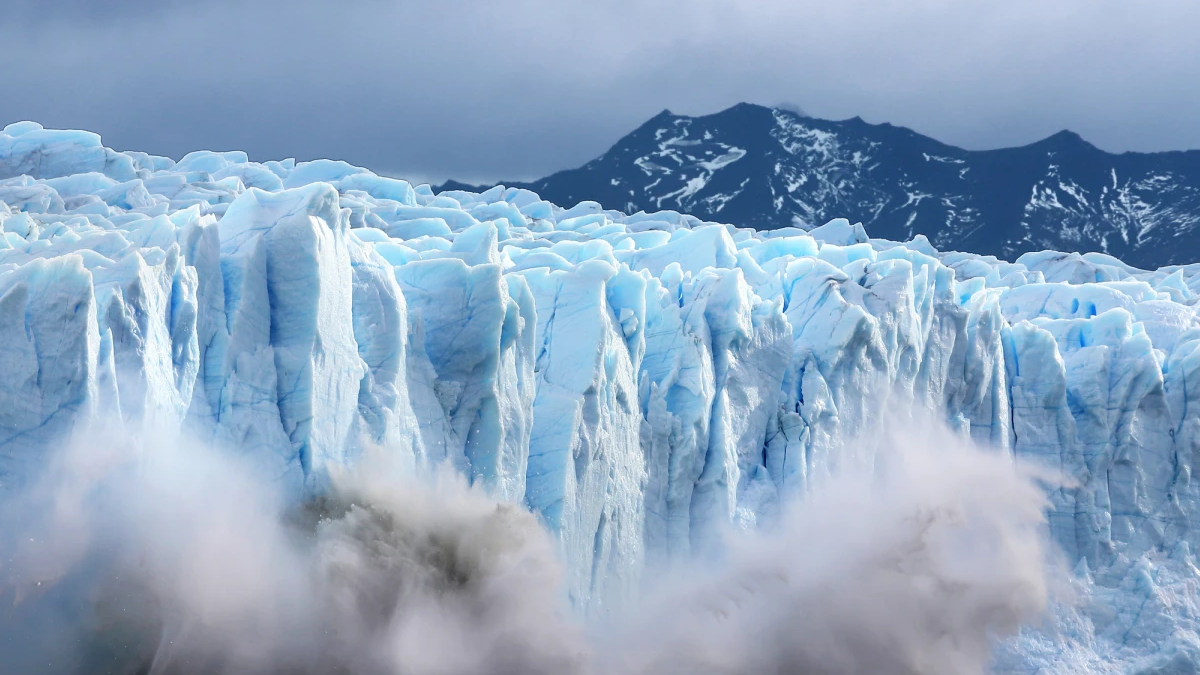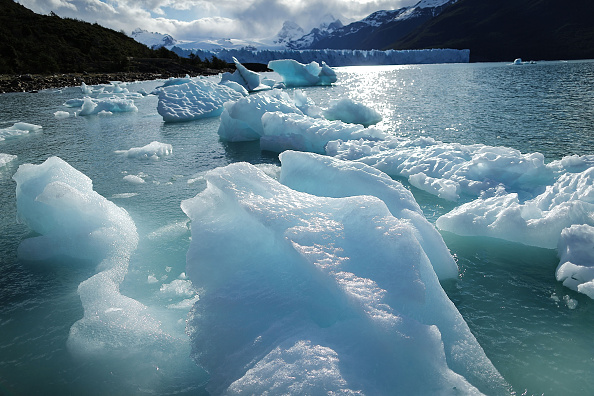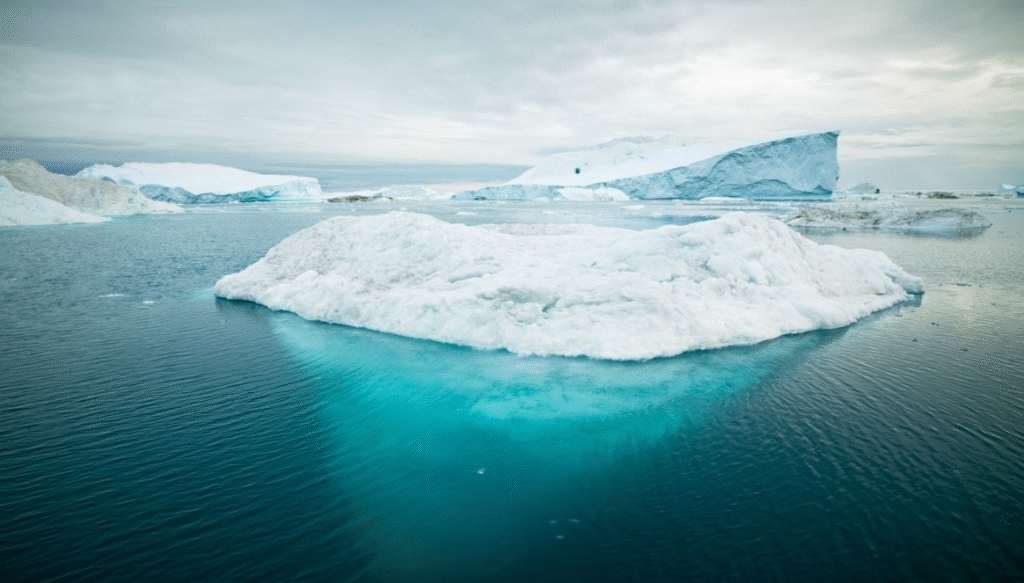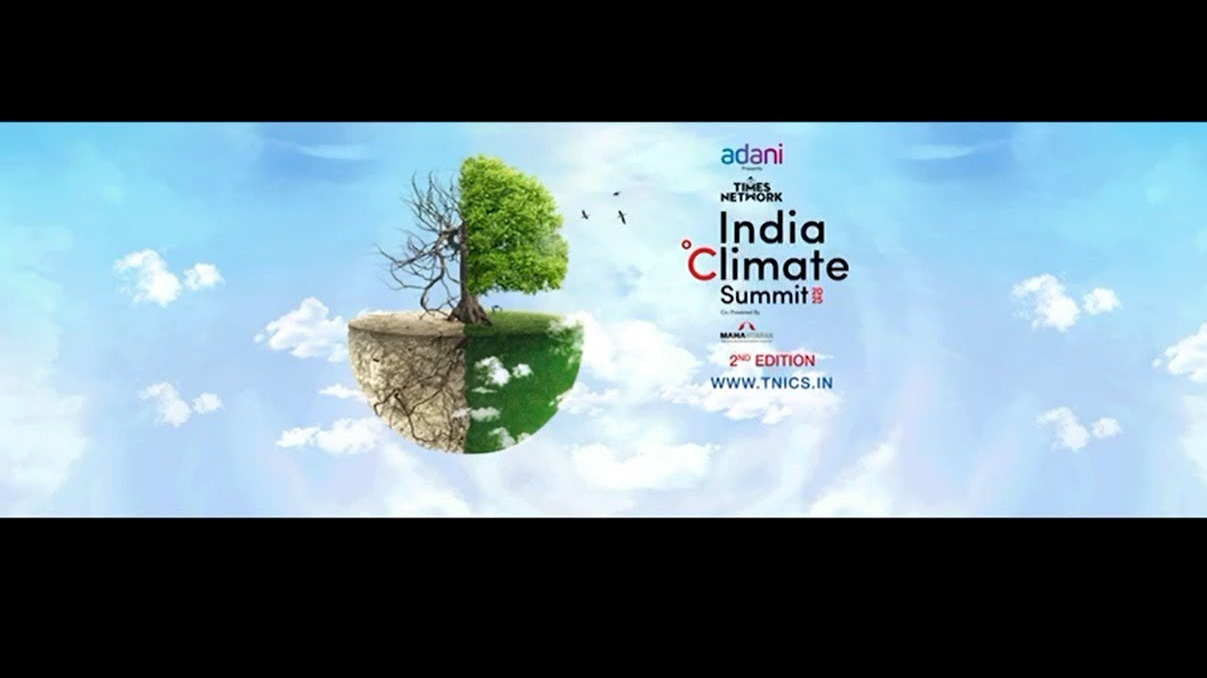Now Reading: Melting Ice Caps: How They Are Ruining Earth’s Water Cycle 2025
-
01
Melting Ice Caps: How They Are Ruining Earth’s Water Cycle 2025
Melting Ice Caps: How They Are Ruining Earth’s Water Cycle 2025

Table of Contents
Climate change is one of the most serious challenges facing our planet today. One of the clearest signs of this change is the rapid melting of ice caps in the Arctic, Antarctic, and on mountain glaciers. While many people understand that melting ice leads to rising sea levels, fewer know how it also affects the planet’s water cycle — the system that moves water through the atmosphere, land, and oceans. Let’s explore how melting ice caps are changing the water cycle and what this could mean for life on Earth.
What Are Ice Caps and Why Are They Melting?

Ice caps are large sheets of ice that cover land areas in the polar regions and on mountain tops. They have been in place for thousands or even millions of years, storing massive amounts of fresh water. Due to the rise in global temperatures — mainly caused by human activities such as burning fossil fuels — these ice caps are melting at record speeds. Scientists report that the Arctic is warming nearly four times faster than the rest of the world, leading to the loss of billions of tons of ice each year.
The Water Cycle: A Quick Refresher
The water cycle is nature’s way of moving water through different parts of the Earth. It starts with evaporation, when the sun heats water from oceans, lakes, and rivers, turning it into vapor. This vapor forms clouds through condensation. Eventually, the clouds release water back to Earth as precipitation — rain, snow, sleet, or hail. The water then flows through rivers or soaks into the ground before returning to the ocean, and the cycle starts again.
How Melting Ice Caps Change the Water Cycle
1. More Water Means More Evaporation
As ice caps melt, they add large amounts of fresh water into the oceans. This extra water means that there is a larger surface area for the sun to heat. As a result, more water evaporates into the atmosphere. This can cause an increase in rainfall in some areas, leading to floods, while other areas may see changes in their usual rainfall patterns.
2. Rising Sea Levels Alter Weather Patterns
The extra water from melting ice raises sea levels. This can change ocean currents, which play a key role in controlling global weather. Warmer ocean water and changing currents can shift storm paths and intensity. This may lead to stronger hurricanes, more severe monsoons, or unexpected droughts in regions that once received steady rainfall.
3. Less Snowfall and Changed Precipitation Types
With less ice and snow in polar and mountain regions, there is less reflection of the sun’s rays (a process called the albedo effect). This means the Earth absorbs more heat, further warming the planet. Warmer temperatures mean that places which once received snowfall might now see rain instead. This can cause problems for areas that rely on slow-melting snow to provide water throughout the year.
4. Disturbed River and Groundwater Systems
Glaciers and ice caps feed many of the world’s major rivers. As these ice sources shrink, rivers can dry up or experience uneven flows. This puts communities, farms, and wildlife that depend on these rivers at risk. Groundwater supplies can also be affected because the timing and amount of water soaking into the ground changes.
Real-World Examples of Water Cycle Disruption
- Himalayan Rivers: The glaciers that feed rivers like the Ganges, Indus, and Brahmaputra are shrinking fast. Millions of people depend on these rivers for drinking water, farming, and industry. Irregular river flows could cause both floods and water shortages.
- Arctic Rainfall: Scientists have noticed that parts of the Arctic, which used to receive mostly snow, now get more rain. This speeds up ice melting even further and changes local ecosystems.
- Coastal Flooding: Cities near the coast, like Miami, Jakarta, and Dhaka, are seeing more frequent flooding due to rising seas and heavier rainfall — both linked to melting ice caps and changes in the water cycle.
The Ripple Effects on Humans and Nature

The changes to the water cycle caused by melting ice caps do not just affect weather and water supply. They also lead to:
- Food insecurity: Farmers struggle to plan their crops when rainfall becomes unpredictable or rivers dry up.
- Health risks: Floods can spread diseases, while droughts can lead to water shortages and poor sanitation.
- Ecosystem damage: Plants and animals adapted to certain climates may not survive the changes, leading to loss of biodiversity.
What Can Be Done?
The good news is that scientists, governments, and communities are working to slow down ice cap melting and reduce water cycle disruptions. Actions include:
- Cutting carbon emissions: Reducing the burning of coal, oil, and gas helps slow global warming.
- Protecting forests: Forests help store carbon and regulate rainfall patterns.
- Building smarter infrastructure: Cities can invest in better drainage systems, flood barriers, and water-saving technologies to deal with changing water cycles.
- Global cooperation: Since water and weather cross borders, countries need to work together on solutions.
Conclusion
Melting ice caps are a clear warning that climate change is already affecting the planet in powerful ways. The impact on the water cycle is just one part of the larger picture, but it is a part that touches every person, plant, and animal on Earth. By understanding these changes, we can better prepare for the future — and take action now to protect our world.
Read More:- Deyaar’s Latest Announcement Shakes Up the UAE Property Market






















